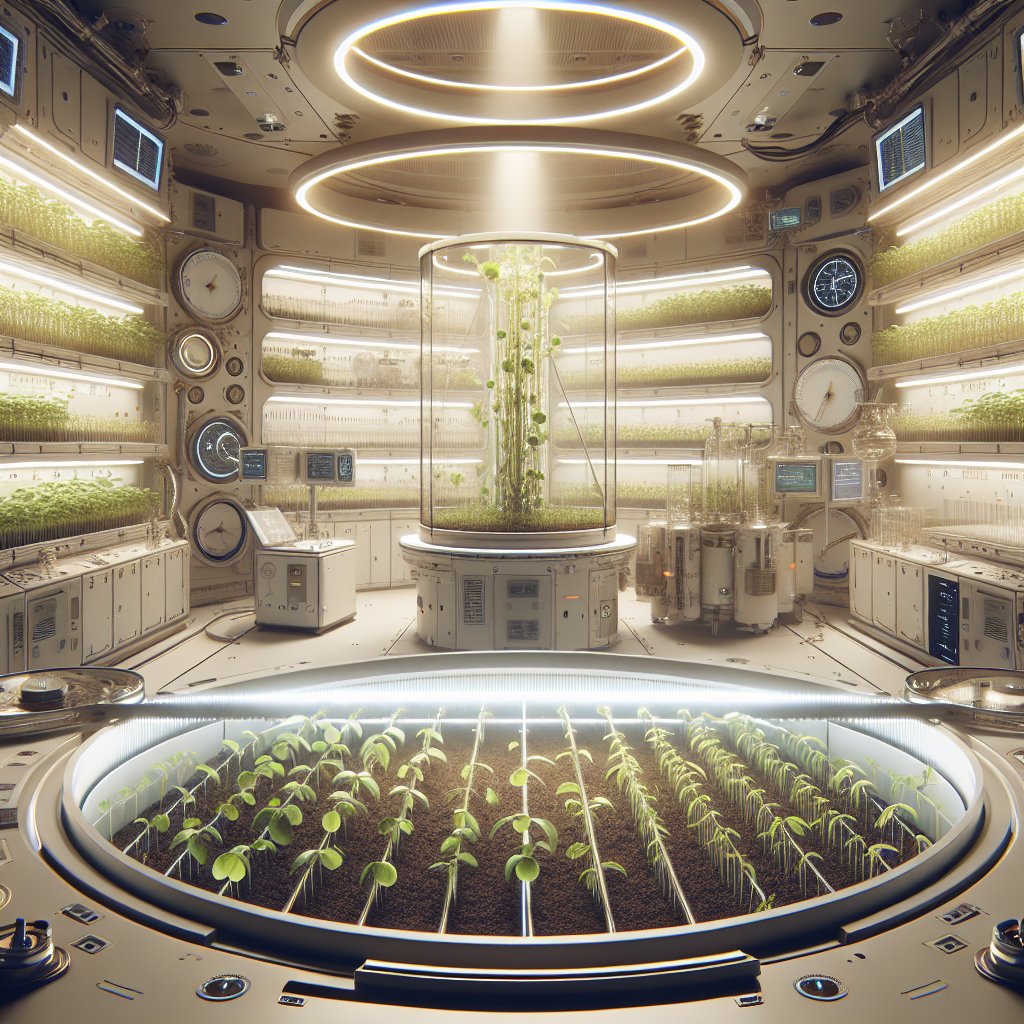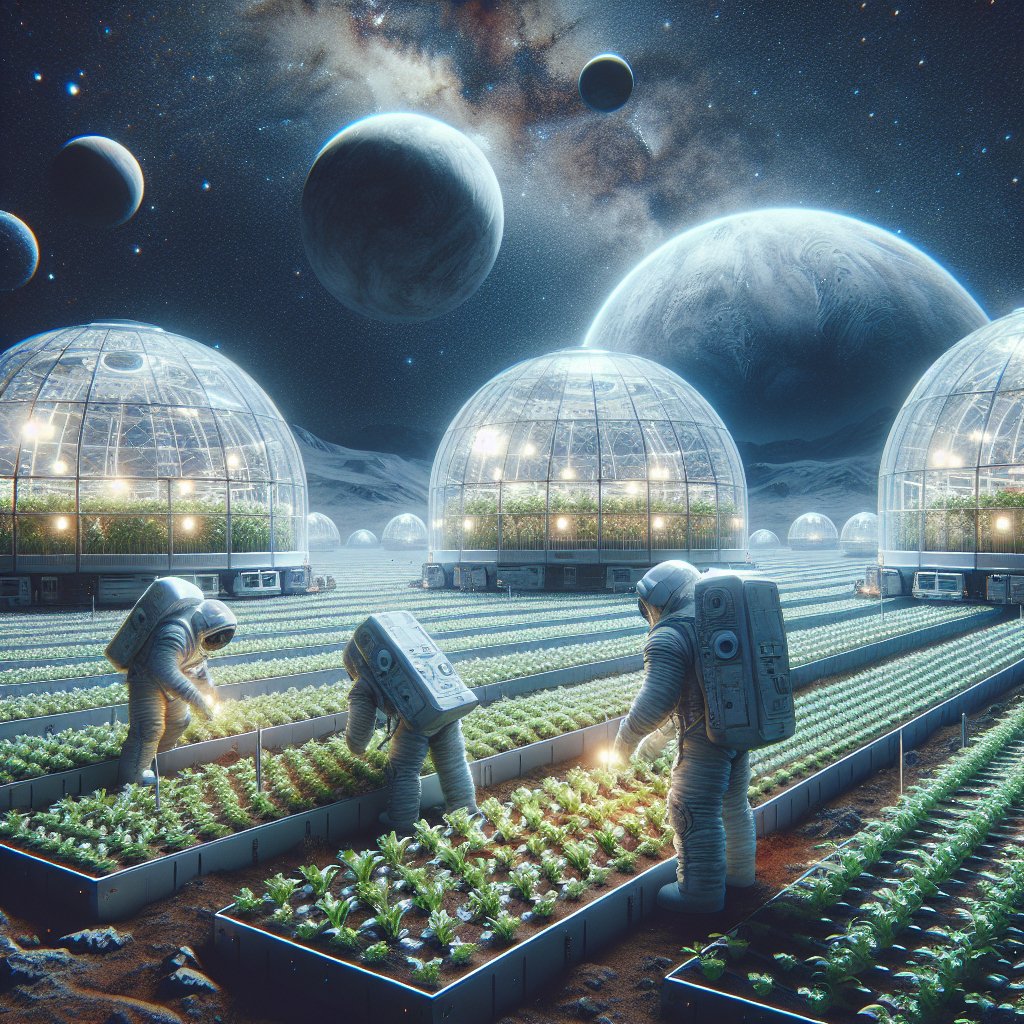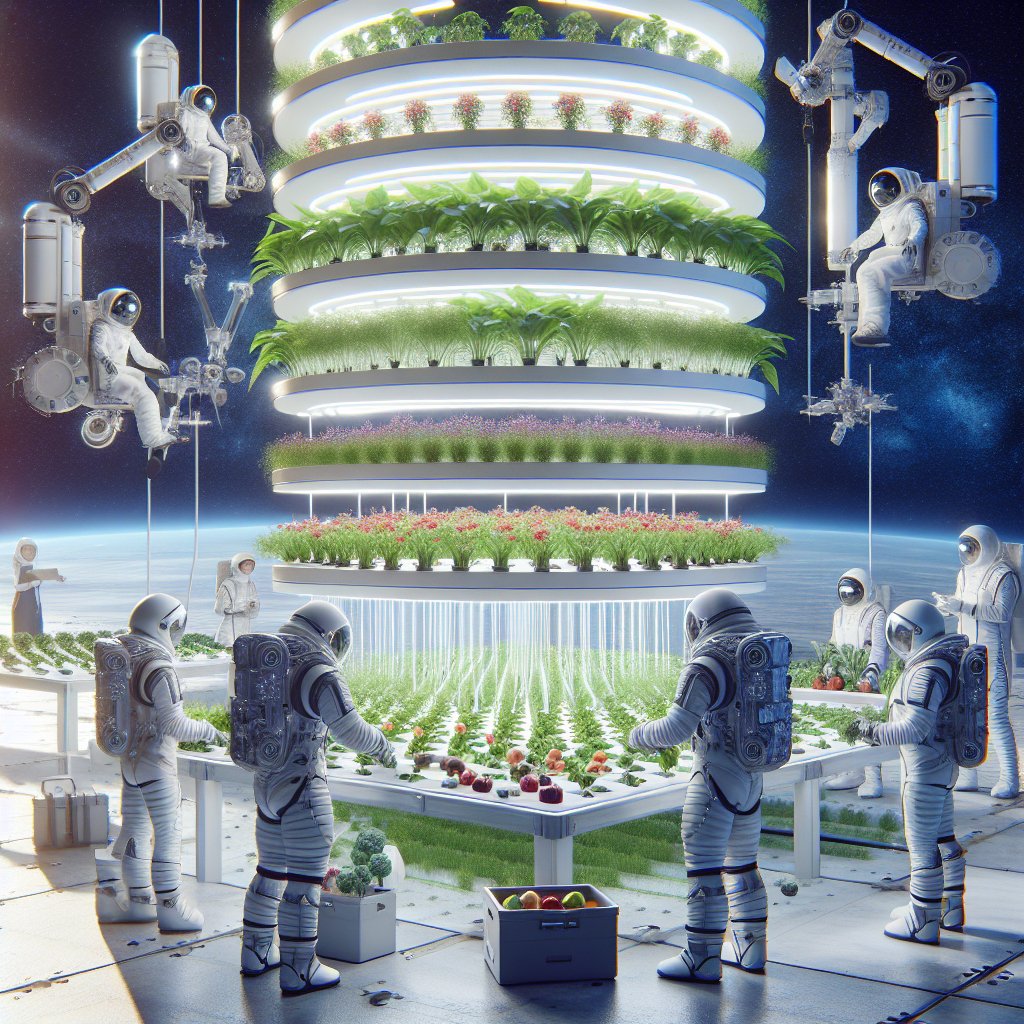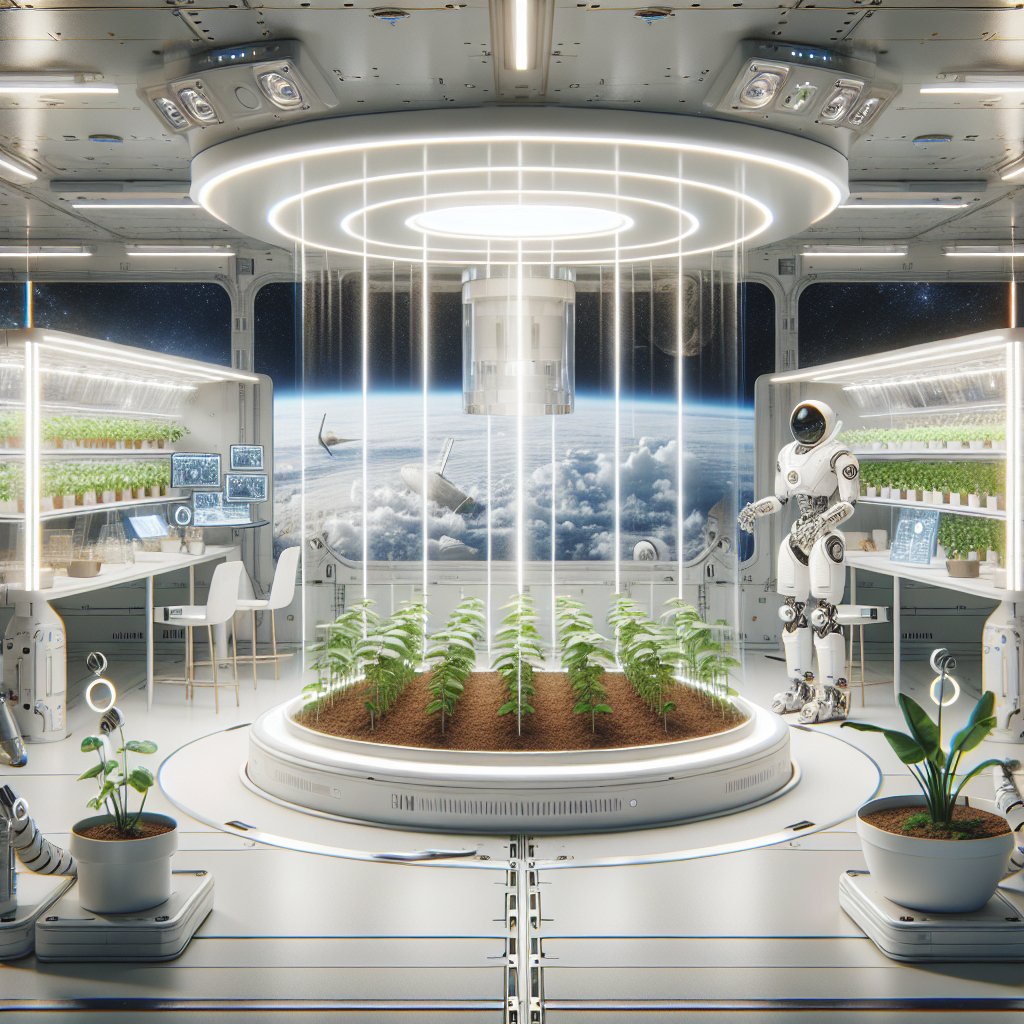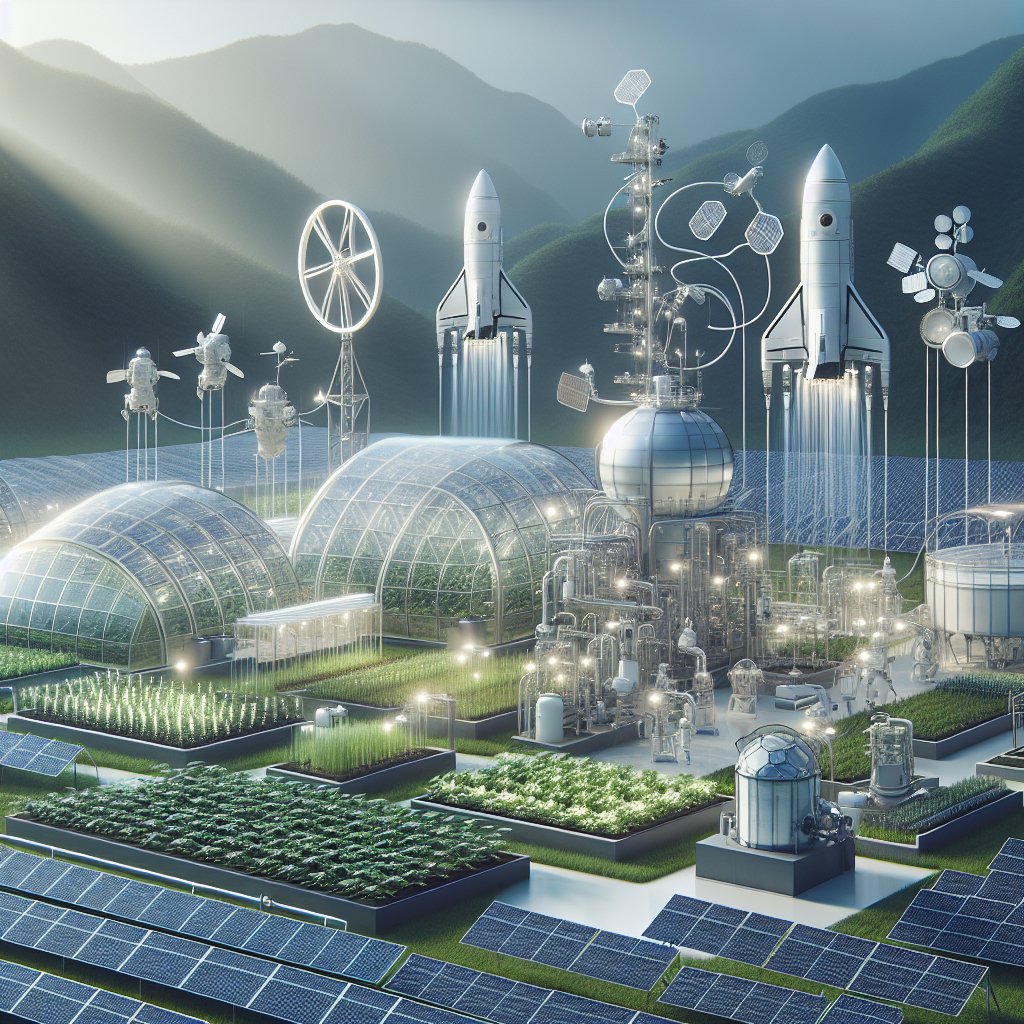The impact of microgravity on plant growth is a fascinating area of research that combines the fields of agriculture and space exploration. As humanity looks to the stars, understanding how plants respond to the unique conditions of space is crucial for future long-duration missions, such as those to Mars or beyond. This article delves into the effects of microgravity on plant biology, the implications for space agriculture, and the potential benefits for terrestrial farming practices.
Understanding Microgravity and Its Effects on Plant Growth
Microgravity, often referred to as weightlessness, occurs in environments where the force of gravity is significantly weaker than on Earth. This condition is prevalent in space, particularly aboard the International Space Station (ISS), where astronauts conduct experiments to study various biological processes. Plants, being sessile organisms, rely heavily on gravity for orientation and growth. The absence of gravitational pull leads to a series of physiological and morphological changes in plants.
Physiological Changes in Plants
In microgravity, plants exhibit altered growth patterns. One of the most notable changes is the way they orient themselves. On Earth, roots grow downward due to gravity, while stems grow upward. However, in microgravity, this directional growth is disrupted. Studies have shown that roots may grow in multiple directions, and stems can exhibit a more erratic growth pattern. This phenomenon is attributed to the plant’s reliance on other environmental cues, such as light and moisture, to guide their growth.
Additionally, microgravity affects the plant’s hormonal balance. Auxins, which are plant hormones responsible for regulating growth, behave differently in space. In a gravity-free environment, the distribution of auxins can become uneven, leading to abnormal growth responses. For instance, plants may develop thicker stems and shorter roots, which can impact their overall health and ability to absorb nutrients.
Cellular and Molecular Responses
At the cellular level, microgravity induces changes in gene expression and cellular metabolism. Research has shown that certain genes related to stress responses are upregulated in microgravity conditions. This suggests that plants may experience a form of stress in space, prompting them to activate defense mechanisms. Furthermore, the production of reactive oxygen species (ROS) increases, which can lead to oxidative stress if not properly managed by the plant.
Another critical aspect of plant growth in microgravity is the alteration of nutrient uptake. Studies indicate that the absorption of essential nutrients, such as nitrogen and phosphorus, may be affected. This can lead to deficiencies that hinder plant growth and development. Understanding these changes is vital for developing effective strategies for growing plants in space.
Implications for Space Agriculture
The exploration of microgravity’s impact on plant growth has significant implications for space agriculture. As missions to Mars and other celestial bodies become more feasible, the ability to grow food in space will be essential for sustaining human life. The challenges posed by microgravity necessitate innovative solutions to ensure that astronauts have access to fresh produce during long missions.
Hydroponics and Aeroponics in Space
One promising approach to space agriculture is the use of hydroponics and aeroponics. These soil-less growing methods allow plants to thrive in controlled environments, making them ideal for space missions. Hydroponics involves growing plants in nutrient-rich water, while aeroponics uses a mist of nutrients to nourish the roots. Both methods can be adapted to microgravity conditions, providing a sustainable way to cultivate crops in space.
NASA has already conducted experiments using hydroponic systems aboard the ISS, successfully growing various crops, including lettuce and radishes. These experiments have provided valuable insights into how plants can be cultivated in microgravity and have laid the groundwork for future agricultural systems in space.
Benefits for Terrestrial Agriculture
The research conducted on plant growth in microgravity also has potential benefits for agriculture on Earth. The challenges faced by plants in space can lead to discoveries that improve crop resilience and productivity. For instance, understanding how plants respond to stress in microgravity may help scientists develop more robust varieties that can withstand adverse conditions, such as drought or nutrient-poor soils.
Moreover, the techniques developed for space agriculture, such as hydroponics and aeroponics, can be applied to urban farming and areas with limited arable land. These methods require less water and space than traditional farming, making them suitable for addressing food security challenges in densely populated regions.
Future Directions in Research
As we continue to explore the cosmos, the study of plant growth in microgravity will remain a critical area of research. Future missions to the Moon and Mars will provide opportunities to conduct more extensive experiments on plant biology in space. Understanding how different plant species respond to microgravity will be essential for selecting the best candidates for space agriculture.
Genetic Engineering and Biotechnology
Advancements in genetic engineering and biotechnology may also play a role in optimizing plant growth in microgravity. By manipulating specific genes related to growth and stress responses, scientists could develop plants that are better suited for the unique challenges of space environments. This could lead to the creation of crops that not only thrive in microgravity but also provide essential nutrients for astronauts.
Collaboration Between Disciplines
The intersection of agriculture and space exploration requires collaboration between various scientific disciplines. Agronomists, biologists, engineers, and space scientists must work together to develop innovative solutions for growing food in space. This interdisciplinary approach will be crucial for overcoming the challenges posed by microgravity and ensuring the success of future space missions.
Conclusion
The impact of microgravity on plant growth is a complex and multifaceted topic that holds significant implications for both space exploration and terrestrial agriculture. As we venture further into the cosmos, understanding how plants adapt to the unique conditions of space will be essential for sustaining human life on long-duration missions. Moreover, the insights gained from this research can lead to advancements in agricultural practices on Earth, ultimately contributing to food security and sustainability. The future of agriculture may very well depend on our ability to cultivate crops in the most challenging environments, whether on distant planets or in our own backyards.
